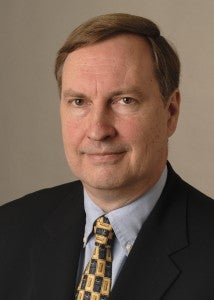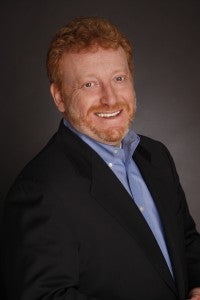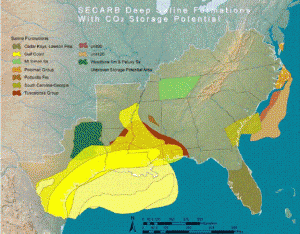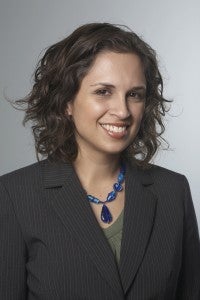 Update: Please note that the EPA is now due to finalize the national emission standards for oil and gas activities by Tuesday, April 17.
Update: Please note that the EPA is now due to finalize the national emission standards for oil and gas activities by Tuesday, April 17.
On April 3, 2012 the Environmental Protection Agency (EPA) is due to finalize national emission standards to limit some of the harmful air pollutants discharged from a variety of oil and gas activities. As Environmental Defense Fund (EDF) has noted in past blogs, leaks, venting and flaring of natural gas from oil and gas activities contribute to ground-level ozone (“smog”) and toxic air pollution. As proposed, EPA’s standards would reduce volatile organic compounds that contribute to smog by 25% and hazardous air pollutants by 30%, through the implementation of proven and highly cost-effective practices and technologies.
Emissions from Oil and Gas Activities Linked to Unhealthy Levels of Ozone “Smog” Pollution
Extensive oil and gas development in parts of rural Wyoming and Utah, where little other industrial activity occurs, has led to dangerous ozone levels, higher than those recorded in some of the most heavily polluted cities. Last year, families in Wyoming’s Upper Green River Basin suffered over forty days in which ozone concentrations exceeded the current health standard. In Utah’s Uintah basin, residents experienced twice this number of unhealthy ozone days, with one monitor located in Ouray recording forty exceedances alone.
In 2009 then Governor of Wyoming Dave Freudenthal requested EPA designate counties within the Upper Green River Basin as out of attainment with the current ozone health standard explaining the link between natural gas emissions and the serious ozone problems:
“The State of Wyoming is also challenged by the need to reduce emissions from the natural gas industry which has not traditionally been regulated for ozone nonattainment problems….Therefore, the Wyoming Department of Environmental Quality (WDEQ) has already identified the sources that require controls such as drill rigs, pneumatic pumps, dehydration units and small heaters.”
EPA in turn concluded “[t]he [Wyoming] AQD’s analysis provided with its recommendation shows that elevated ozone at the Boulder monitor is primarily due to local emissions from oil and gas development activities: drilling, production, storage, transport and treating of oil and natural gas.”
In Colorado and Texas, smog-forming emissions from the oil and gas industry have exceeded other major sources of pollution such as vehicles. In 2008, the Colorado Department of Public Health and Environment concluded that the smog-forming emissions from oil and gas operations exceeded vehicle emissions for the entire state. Similarly, a 2009 study found that summertime emissions of smog-forming pollutants from oil and gas sources in the Barnett Shale were roughly comparable to emissions from all of the motor vehicles in the Dallas Fort-Worth area.
Oil and Gas Activities Emit Benzene-A Known Carcinogen-and other Air Toxics
Venting, flaring and equipment leaks also emit hazardous air pollutants or air toxics, including hydrogen sulfide, formaldehyde and benzene into the environment. Elevated levels of benzene have been detected near gas production sites in Texas and Colorado. In 2010 the Texas Commission on Environmental Quality (TCEQ) measured acute concentrations of benzene that exceeded the state’s health-based risk levels at two exploration and production sites in the Barnett Shale in Texas. Research based on air samples taken from oil and gas sites in the Piceance Basin in Colorado in 2008 determined that emissions from well completions, dehydration units, and condensate tanks posed an elevated cancer risk to nearby residents. Similarly, atmospheric measurements collected by researchers at the National Oceanic and Atmospheric Administration concluded that “oil and gas operations in the DJB (Denver-Julesburg Basin) could be the largest source of C6H6 (benzene) in Weld County.”
As oil and gas development continues to expand across the country, strong, national clean air standards are essential to protect public health. EPA’s standards, which build on clean air measures already in place in states with extensive oil and gas activities, such as Colorado and Wyoming, are an important first step in strengthening clean air protections for human health and the environment.
















